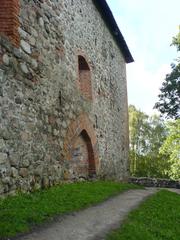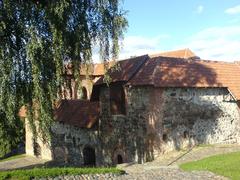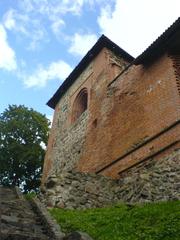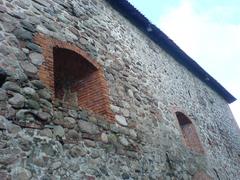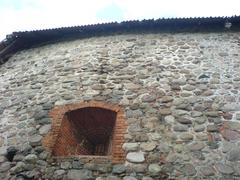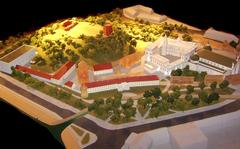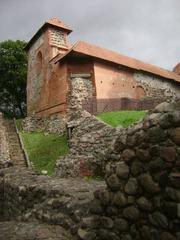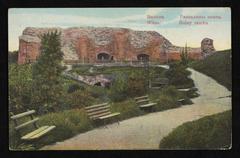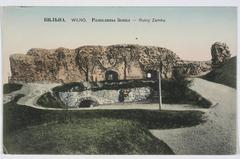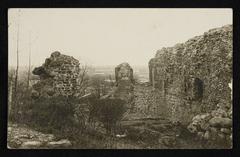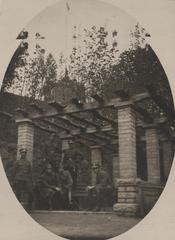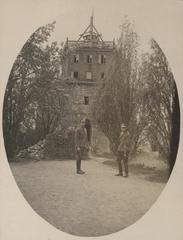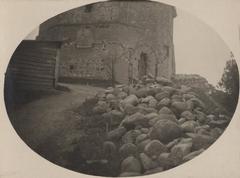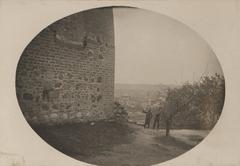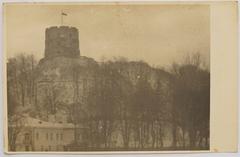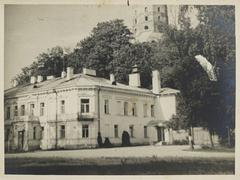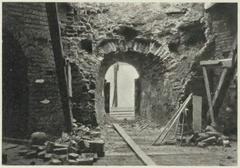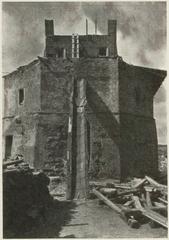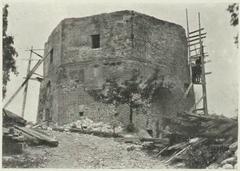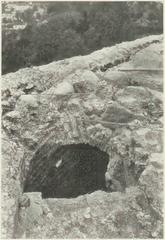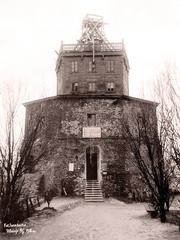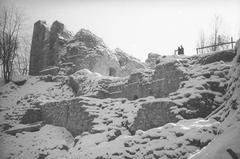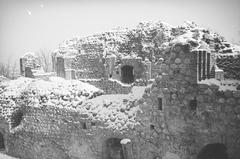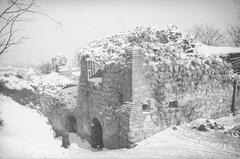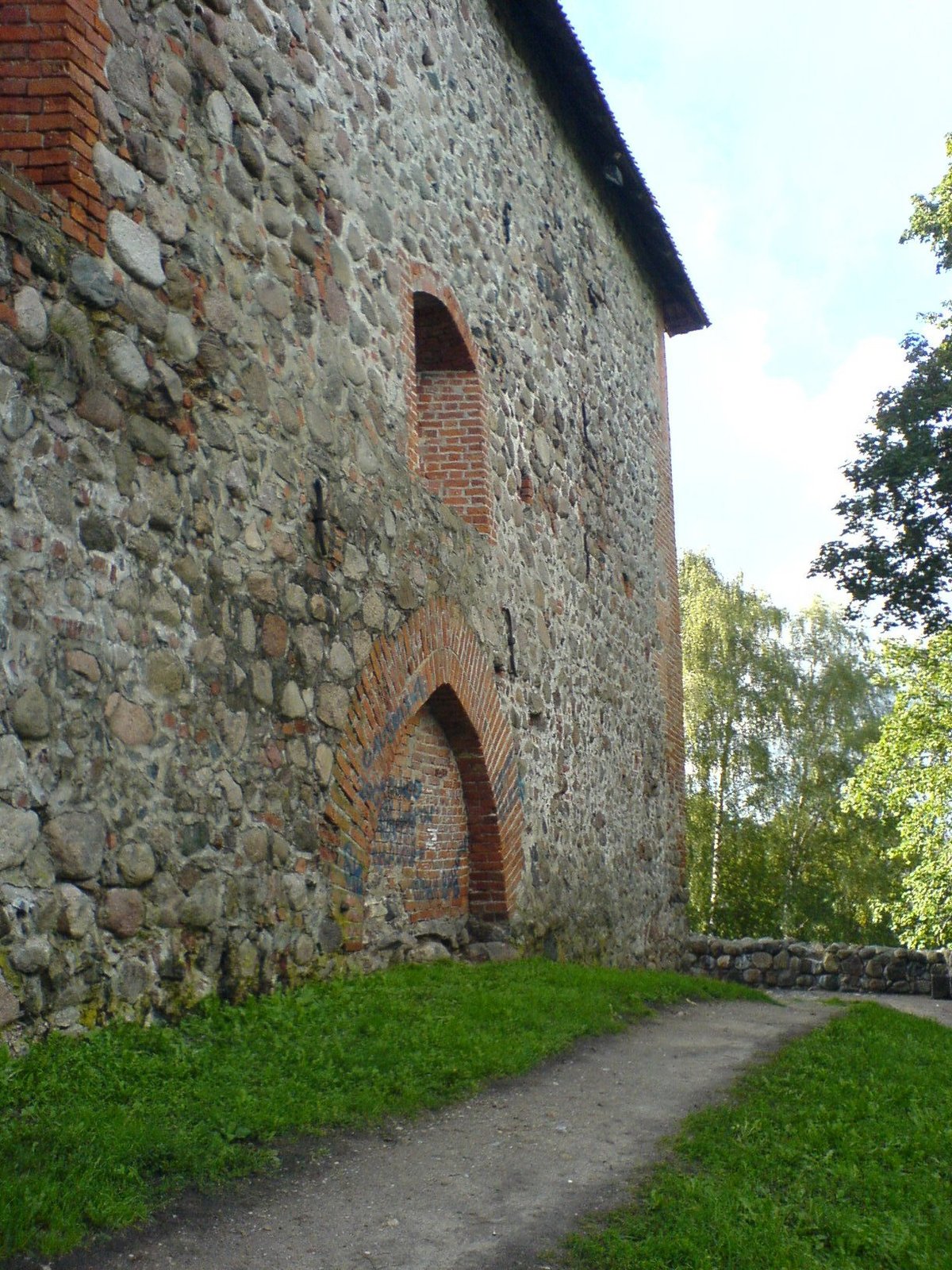
Vilnius Castle Complex: Comprehensive Visitor Guide to Hours, Tickets, and Historic Sites
Date: 14/06/2025
Introduction
The Vilnius Castle Complex is an outstanding symbol of Lithuania’s medieval heritage, standing proudly atop Gediminas Hill in the heart of Vilnius. This historic ensemble, which includes the Upper Castle with the iconic Gediminas Tower, the reconstructed Palace of the Grand Dukes in the Lower Castle, and the adjacent Vilnius Cathedral, has played a central role in the country’s political, religious, and architectural evolution. Today, the complex is a vibrant hub for cultural events, museums, and panoramic city views, drawing thousands of visitors each year. This guide provides a detailed overview of the site’s history, practical visiting information, and insider tips to ensure a memorable experience (Local Life Vilnius; Vilnius.com.ua; Mexico Historico).
Table of Contents
- Historical Overview
- Architectural Evolution
- Cultural Significance
- Visiting Information
- Visitor Tips
- Frequently Asked Questions
- Conclusion & Resources
Historical Overview
Origins and Development
The Vilnius Castle Complex traces its origins to the 9th–10th centuries, when wooden fortifications were first erected on Gediminas Hill. Under Grand Duke Gediminas in the early 14th century, Vilnius became the capital of the Grand Duchy of Lithuania, and the castle complex expanded into a formidable political and military center. The Upper Castle, initially built from wood, was soon reconstructed in stone to better withstand sieges (Local Life Vilnius).
Medieval Expansion
By the 14th and 15th centuries, the complex consisted of the Upper and Lower Castles and the Royal Palace, serving as both a royal residence and the seat of government. Persistent attacks, particularly by the Teutonic Knights, defined much of its early history, with the complex repeatedly besieged but never conquered during its peak (Mexico Historico).
Dynastic Struggles and the Christianization of Lithuania
The late 14th century brought internal dynastic struggles, notably between Jogaila and Vytautas, culminating in the Union of Krewo and Lithuania’s conversion to Christianity. The construction of Vilnius Cathedral within the complex marked this significant religious transformation (Local Life Vilnius).
Architectural Flourishing
Grand Duke Vytautas initiated a Gothic-style reconstruction of the Upper Castle, introducing green-glazed tile roofs and robust defensive walls. The Royal Palace expanded, and the site flourished as a symbol of statehood (Local Life Vilnius).
Decline and Restoration
In 1655, Vilnius was devastated during the Russo-Polish War, and the castle complex fell into ruin. Over the centuries, it was further damaged and neglected until 20th and 21st-century restoration efforts transformed it into a living museum and cultural venue (Mexico Historico).
Architectural Evolution
Medieval Foundations
The complex’s defensive origins are evident in the Upper Castle’s location and design, with early wooden structures giving way to stone and brick fortifications as military threats increased (Wikipedia; Vilnius.com.ua).
Gediminas Tower
This red-brick, octagonal tower is a symbol of Lithuanian identity and features Gothic and Renaissance elements. Inside, visitors find exhibits on the castle’s history and stunning city views from the rooftop (History Tools; Vilnius.com.ua).
Lower Castle and Palace
The Lower Castle houses the reconstructed Palace of the Grand Dukes, blending Gothic, Renaissance, and Baroque styles. The palace museum showcases Lithuanian royal history and offers interactive family exhibits (EAA).
Vilnius Cathedral
The adjacent cathedral is a masterpiece of Classicism with Gothic, Renaissance, and Baroque influences. Its bell tower provides additional panoramic city views (EAA).
Cultural Significance
The Vilnius Castle Complex has served as a symbol of Lithuania’s national resilience and cultural identity for centuries. Gediminas Tower, in particular, is featured on national emblems, currency, and in art. The complex was the political, ceremonial, and religious heart of the country, hosting royal events and shaping the nation’s trajectory. Today, its museums and public spaces foster ongoing cultural celebrations and educational programs (Vilnius.com.ua; Go Vilnius).
Visiting Information
Hours & Tickets
- Gediminas Tower: Daily, 10:00–20:00 in summer (shorter hours in winter; last admission 30 minutes before closing).
- Palace of the Grand Dukes: Tuesday–Sunday, 10:00–18:00 (extended hours on Thursdays).
- Vilnius Cathedral: Daily, 7:30–19:00; free except during services.
- Bell Tower: Daily, 10:00–18:30; admission approx. €6.
Ticket Prices:
- Gediminas Tower: ~€8 for adults; discounts for students/seniors.
- Palace of the Grand Dukes: €10–€12; family/group rates available.
- Combined tickets and the Vilnius Pass provide savings and added benefits (Serendipity Adventures; Vilnius Events).
Accessibility
- Gediminas Tower: Access via funicular (wheelchair-friendly) or steep footpath (Dream Big Travel Far).
- Palace of the Grand Dukes: Fully accessible with elevators and ramps.
- Cathedral: Accessible; bell tower not recommended for those with mobility challenges.
How to Get There
- Location: Central Vilnius, adjacent to Cathedral Square.
- On Foot: Easily walkable from most city-center hotels and attractions.
- Public Transport: Nearby bus and trolleybus stops.
- Parking: Limited; public transport or walking preferred (Wildside Travellers).
Best Time to Visit
- Spring (April–June): Pleasant weather, fewer crowds, blooming parks.
- Summer (July–August): Long hours, festivals, more visitors.
- Autumn (September–October): Colorful foliage, quieter atmosphere.
- Winter (November–March): Magical with snow; some paths may be icy (Gateway Travel).
Nearby Attractions
- Vilnius Cathedral and Bell Tower
- Vilnius Old Town (UNESCO World Heritage Site)
- Užupis arts district
- Vilnius University
- Town Hall Square
- Bernardine Garden
Visitor Services
- Restrooms: Palace and base of Gediminas Tower.
- Gift Shops: Palace and tower sell books, crafts, and Lithuanian souvenirs.
- Cafés: Numerous options near Cathedral Square and Pilies Street (Fodor’s Travel Guide).
Tours & Events
- Guided Tours: Available in multiple languages at the Palace and Gediminas Tower; themed tours and audio guides offered (Vilnius with Locals).
- Cultural Events: Concerts, festivals, and historical reenactments occur throughout the year (Vilnius Events).
Visitor Tips
- Purchase tickets online in advance during peak season to avoid queues (Palace of the Grand Dukes).
- Dress appropriately for the weather and wear sturdy shoes for cobbled or steep paths.
- Visit early morning or late afternoon for the best light and fewer crowds.
- Respect religious services inside the cathedral and observe photography restrictions in some exhibition areas.
- Stay on marked paths to help preserve the hill’s landscape.
Frequently Asked Questions
Q: What are the visiting hours?
A: Gediminas Tower: 10:00–20:00 (seasonal); Palace: Tue–Sun, 10:00–18:00; Cathedral: 7:30–19:00.
Q: Where can I purchase tickets?
A: Online via official museum sites, at entrances, or using the Vilnius Pass.
Q: Is the site accessible for visitors with disabilities?
A: The Palace and Gediminas Tower (via funicular) are accessible; bell tower is not.
Q: Are guided tours available?
A: Yes, in multiple languages; audio guides and themed tours are also offered.
Q: What is the best time to visit?
A: Spring and autumn for mild weather and fewer crowds; summer for events and extended hours.
Conclusion & Resources
The Vilnius Castle Complex offers a captivating journey through Lithuania’s history, from medieval fortifications to modern museums and cultural events. With iconic architecture, engaging exhibits, and panoramic views, it is a must-visit for history enthusiasts and casual travelers alike. Plan ahead, check official resources for updates, and consider combining your visit with nearby attractions for the fullest experience.
For more travel tips and virtual tours, explore the following resources:
- Go Vilnius – Official Tourism Site
- National Museum of Lithuania
- Palace of the Grand Dukes
- Vilnius Events Calendar
- Virtual Tour of Vilnius Castle Complex
Emergency contact: Dial 112 for urgent assistance.
Related Reading:
References
- Local Life Vilnius
- Vilnius.com.ua
- Mexico Historico
- This Rare Earth
- Culture Activities
- Go Vilnius
- Vilnius Events
- Wikipedia
- History Tools
- EAA
- Vilnius with Locals
- Dream Big Travel Far
- Serendipity Adventures
- Gateway Travel
- Fodor’s Travel Guide
- All About Rosalilla
- Wildside Travellers
